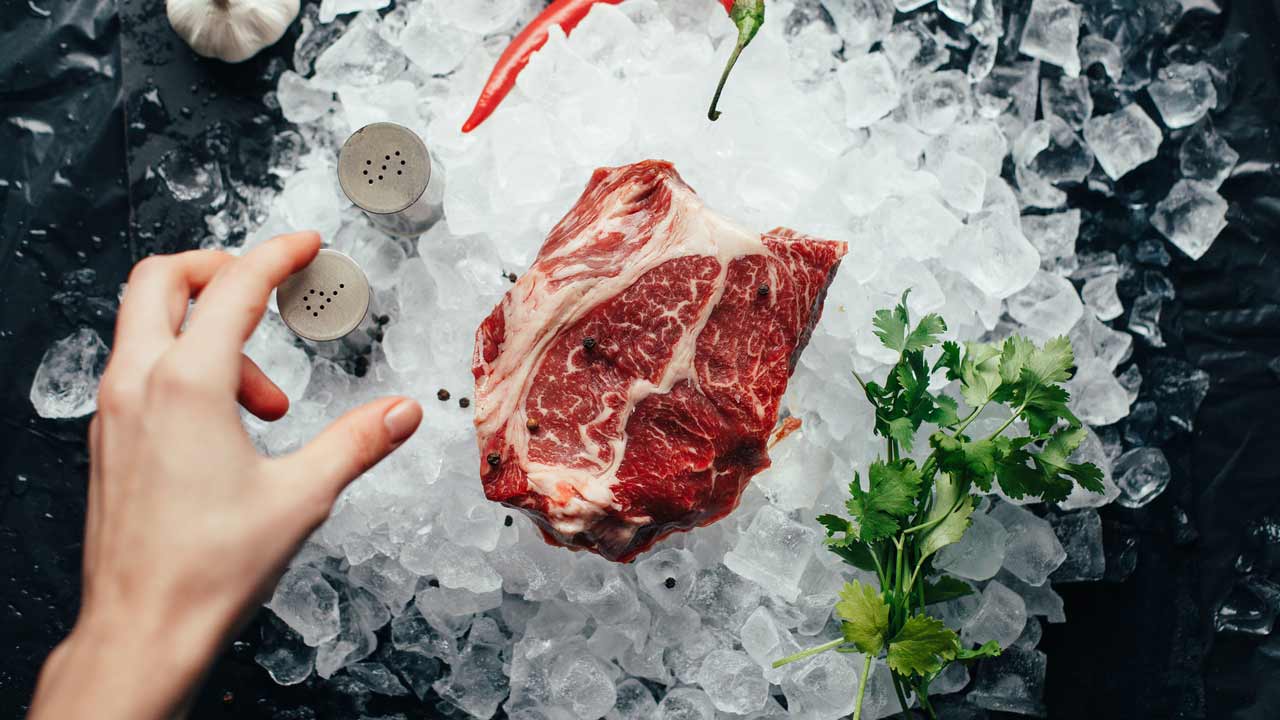
Japan Miyazaki Wagyu
- In stock, ready to ship
- Inventory on the way
- Fast shipping with DHL Express
- 250g Miyazaki Wagyu - Striploin
- quality level A5 (BMS 8-9)
- imported directly from Japan
- Freyberger's Plus Guarantee
- Watch the video to know what to expect.
Our Miyazaki Wagyu can be kept for at least 5 days after arrival or collection, at a maximum temperature of 6°C.
For optimal storage, we recommend storing between 0 and 4 °C.
Note allergens:
Due to the production process, the final product may contain traces of nuts (pistachios) , egg , milk and wheat (gluten) .
We only use heifers and ox meat. Never young bulls. Our cattle are slaughtered in the butcher's slaughterhouse in Fürth-Burgfahrnbach and come from farmers in the slaughterhouse's catchment area, mostly from the Nuremberg region. We sometimes even have personal contact with our fatteners in order to continually improve the quality of the meat and the way our animals are kept.
With us you get more for your money, we promise! Because Freyberger's Plus guarantee is included with us! Most of our steaks, sausages and chickens are heavier than stated in the product description. And all of this without any additional charges, as you are used to from other shops. So you usually get more goods from us than you actually pay for!



